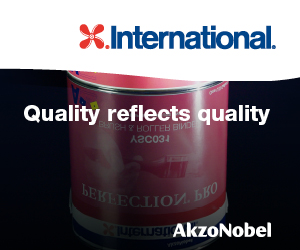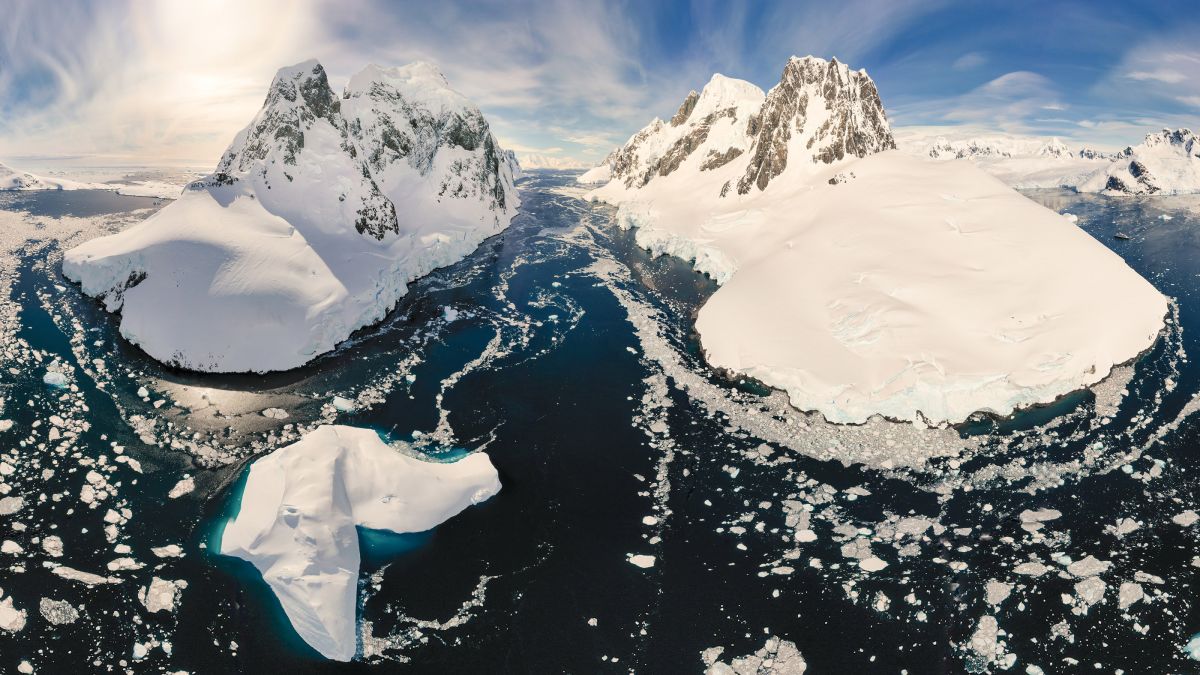Southern Ocean named as Fifth
The world’s atlases will have to change to accommodate the Southern Ocean, which has been officially recognised as the Fifth Ocean of the World.
09 June 2022
The Southern Ocean has been added to the list of official Oceans of the World, joining the Atlantic, Pacific, Indian and Arctic.
Scientists recognise the Southern Ocean as the world’s fifth and the National Geographic Society has ratified it.
“The Southern Ocean has long been recognised by scientists, but because there was never agreement internationally, we never officially recognised it,” National Geographic’s Society Geographer Alex Tait said in an official statement.
“We’ve always labelled it, but we labelled it slightly differently [than other oceans]. This change was taking the last step and saying we want to recognise it because of its ecological separation.”
One of the biggest impacts would be on education he said. “Students learn information about the ocean world through what oceans you’re studying. If you don’t include the Southern Ocean, then you don’t learn the specifics of it and how important it is.”
Although the designation of the frigid waters around the icy southern continent as a separate ocean has existed for almost 100 years and is widely used by scientists, until 2021 it did not have popular backing.
But on World Oceans Day on 8 June 2021, the National Geographic Society announced it would henceforth label the Southern Ocean as the fifth ocean on its maps of the planet.
The NOAA, which began recognising it in 1999, constitutes it as the body of water that stretches from Antarctica’s coastline to the 60 degrees South latitude line. Although its recognition was proposed to the International Hydrographic Organization in 2000, it wasn’t until 2021 that National Geographic decided to start including it in its maps and globes.
National Geographic began making maps in 1915, but the society had only formally recognised just four oceans, which they defined by the continents that bordered them.
In contrast, the Southern Ocean is defined not by the continents that surround it, but by the Antarctic Circumpolar Current (ACC) that flows from west to east. Scientists think the ACC was created 34 million years ago when the continent of Antarctica separated from South America, allowing water to flow unimpeded around the bottom of the world.
Today, the ACC flows through all waters that surround Antarctica until about 60 degrees south, except for the Drake Passage and the Scotia Sea, which are both roughly between South America’s Cape Horn and the Antarctic Peninsula.
The waters of the ACC — and therefore most of the Southern Ocean — are colder and slightly less salty than the ocean waters to the north.
The ACC pulls in water from the Atlantic, Pacific and Indian oceans to help drive a global conveyor belt that carries heat around the planet, while the cold dense water of the ACC sinks and helps to store carbon in the deep ocean. And thousands of marine species live only within the ACC, according to National Geographic.
Official recognition is advantageous for conservation reasons. For several decades, commercial fishing has taken its toll on marine life in the Southern Ocean, including local species such as krill, which live and feed beneath the ice, as well as the Patagonian toothfish.
In 1982, the region established catch limits, and currently, more protective measures are in the works to preserve the Southern Ocean’s feeding grounds around the Antarctic Peninsula. This will be much easier now that it’s gained global recognition.
Seabed 2030 call to action








